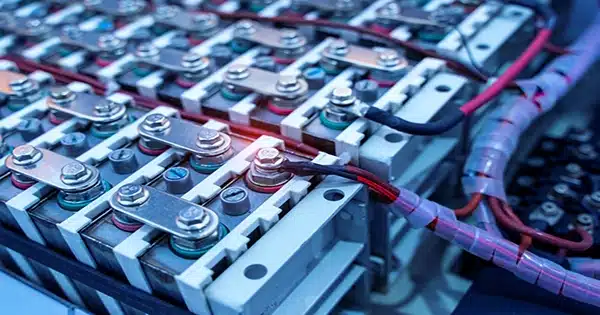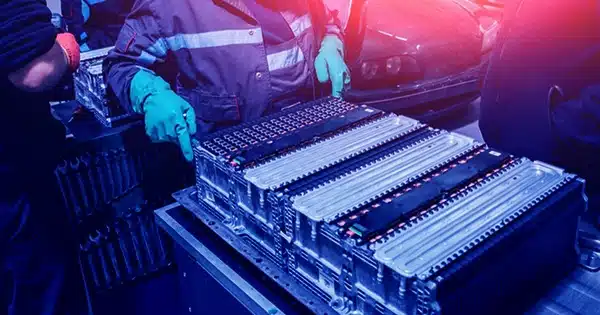Scientists at the University of Córdoba in Spain developed a method of putting hemoglobin, a crucial component of red blood cells, into a battery, resulting in a prototype that lasted 20 to 30 days.
Zinc-air batteries are one of the most environmentally friendly alternatives to lithium-ion batteries, which currently power everything from computers to electric vehicles. They work by a chemical mechanism known as the oxygen reduction reaction. As air enters the battery, oxygen is converted to water at the cathode (positive end), allowing electrodes to oxidize zinc at the anode (negative end).
To keep the reaction going, you’ll need a good catalyst with some specific qualities. The researchers realized that hemoglobin undoubtedly possesses certain properties. “To be a good catalyst in the oxygen reduction reaction, the catalyst must have two properties: it must absorb oxygen molecules quickly and form water molecules relatively easily,” said senior scientist Manuel Cano Luna in a statement. “And hemoglobin met those requirements.”

Hemoglobin is the protein that provides red blood cells with their distinct color and oxygen-carrying capabilities. It is essential to how our bodies function, and it proved to be quite effective in the batteries as well: only 0.165 milligrams of hemoglobin kept it alive for 20-30 days.
The researchers believe that employing a biocompatible catalyst like this could be critical if these batteries are to be utilized in devices implanted inside the body, such as pacemakers. The battery operates at pH 7.4, which is nearly identical to the pH of blood. The possibilities may extend beyond humans, as hemoglobin analogs are found in many species.
However, there are still some details to work out. The major challenge right now is that the prototype is not rechargeable, therefore the team is looking for a protein that can convert water back into oxygen and restart the reaction cycle from the beginning. Another drawback is that it requires oxygen to function, which means that these batteries will not be suitable for space applications.
But it remains a fascinating possibility. Energy storage remains a significant barrier in humanity’s search for a more sustainable future. Batteries are constantly improving. While lithium-ion batteries are a significant part of the tale, the challenges of mining enough lithium and the waste they produce suggest that there is potential for alternative solutions.
A biocompatible hemoglobin-based battery could be one of them.














